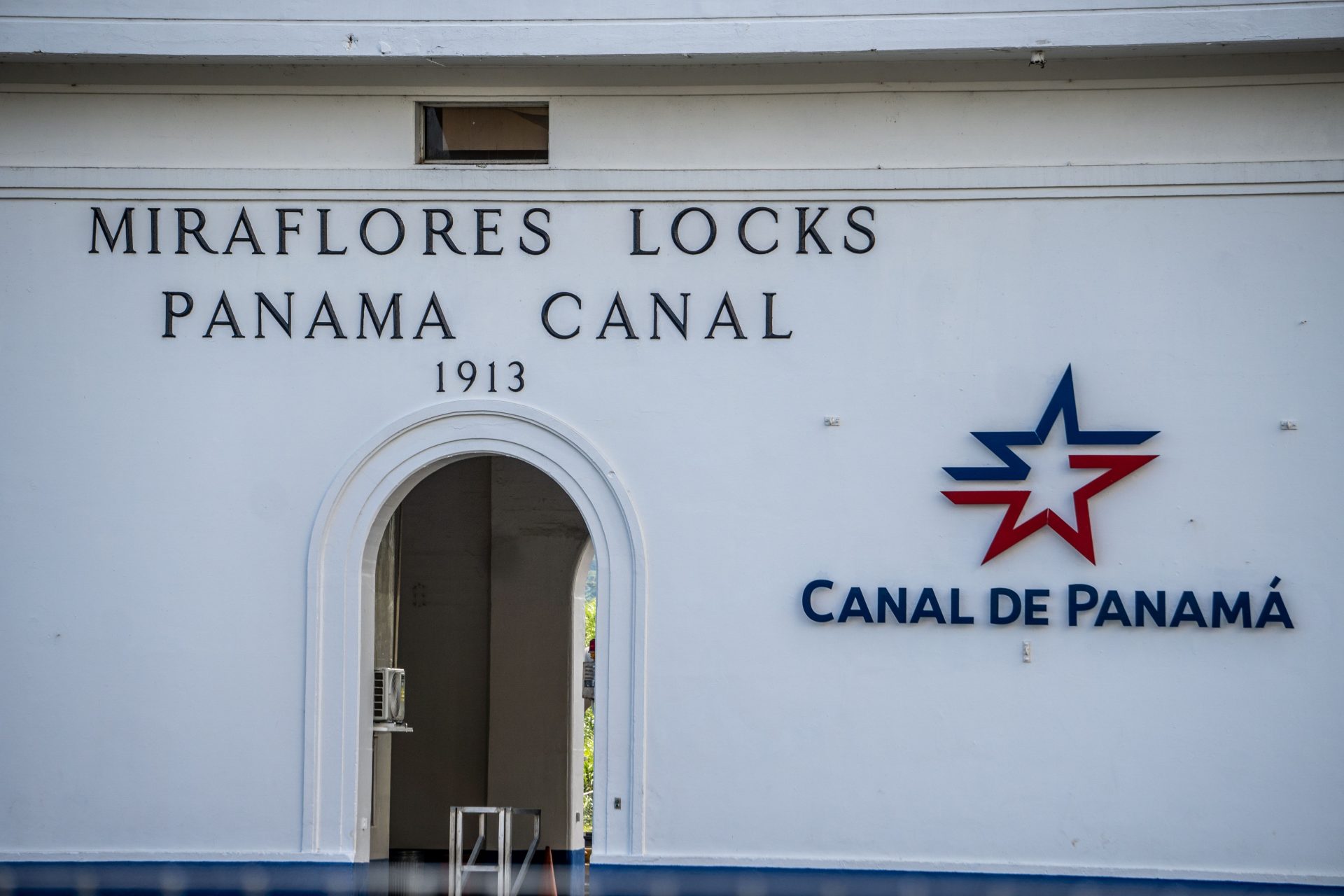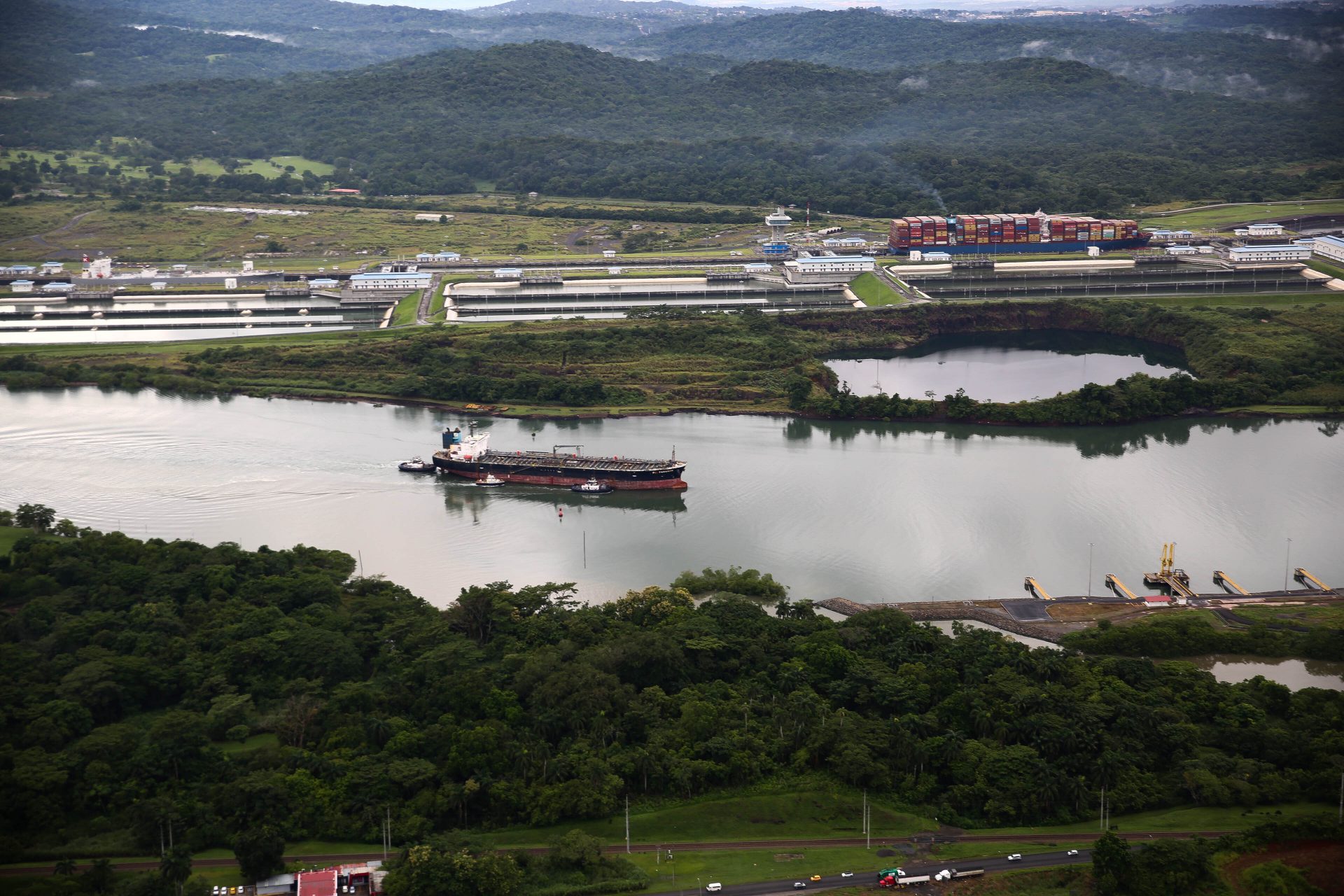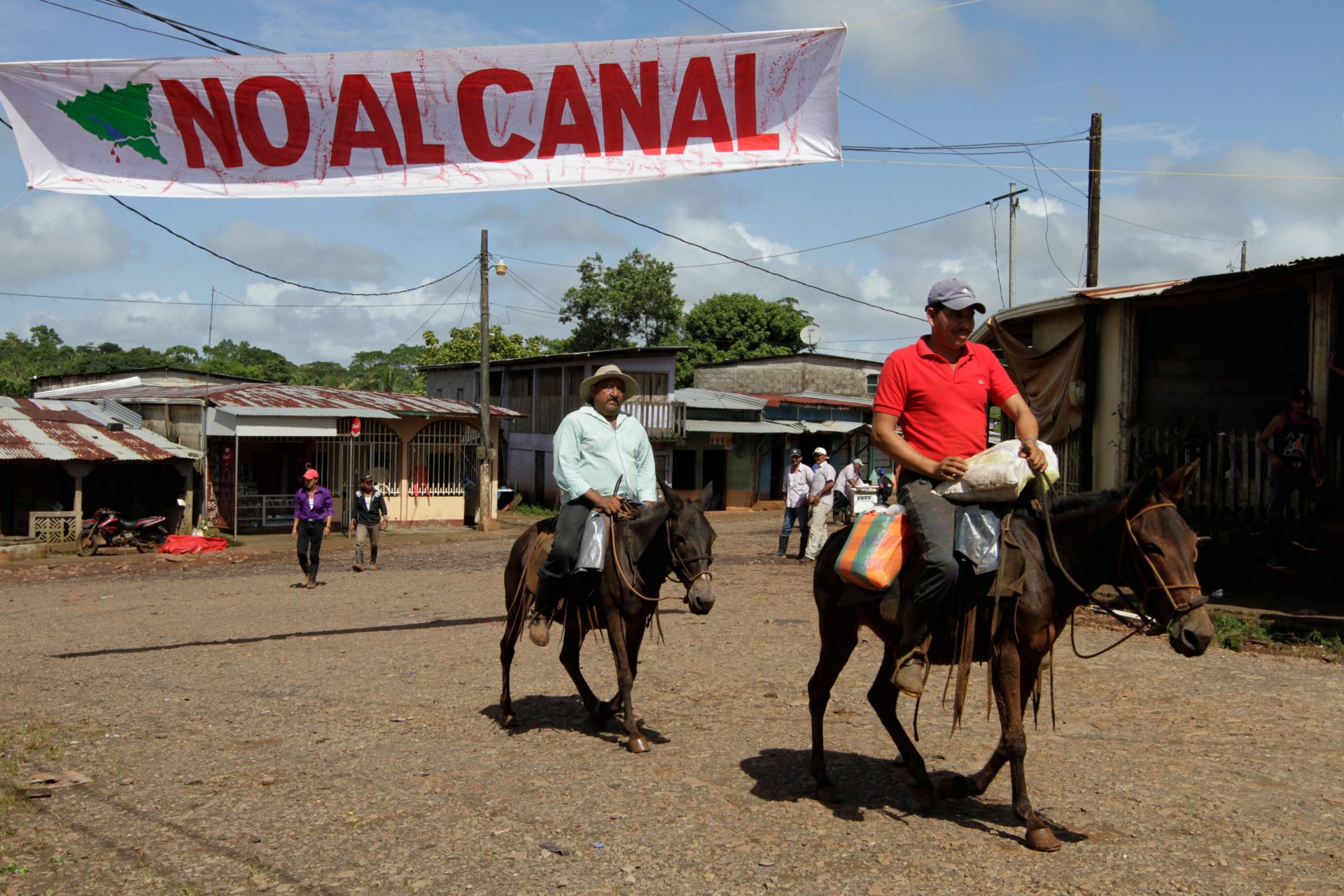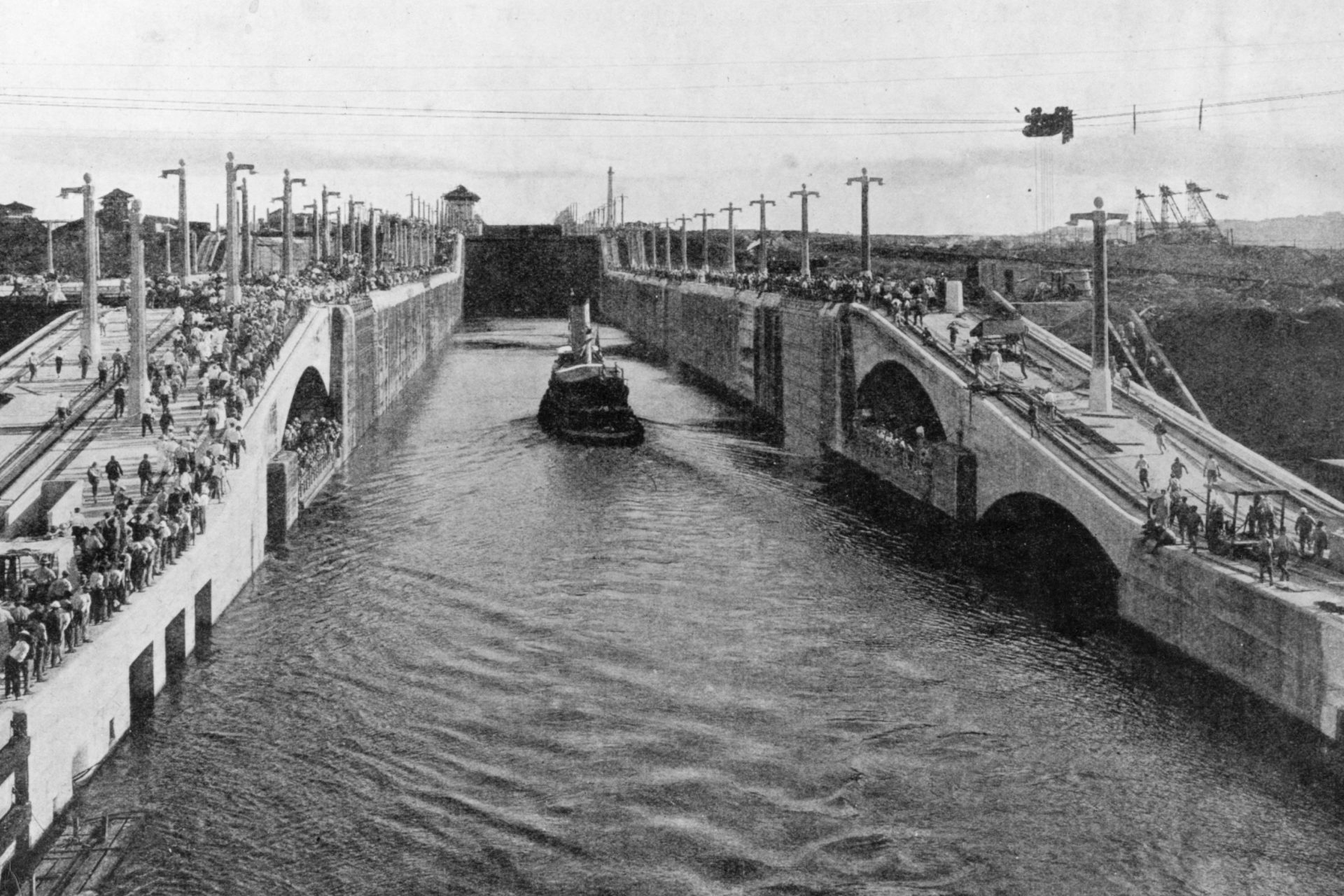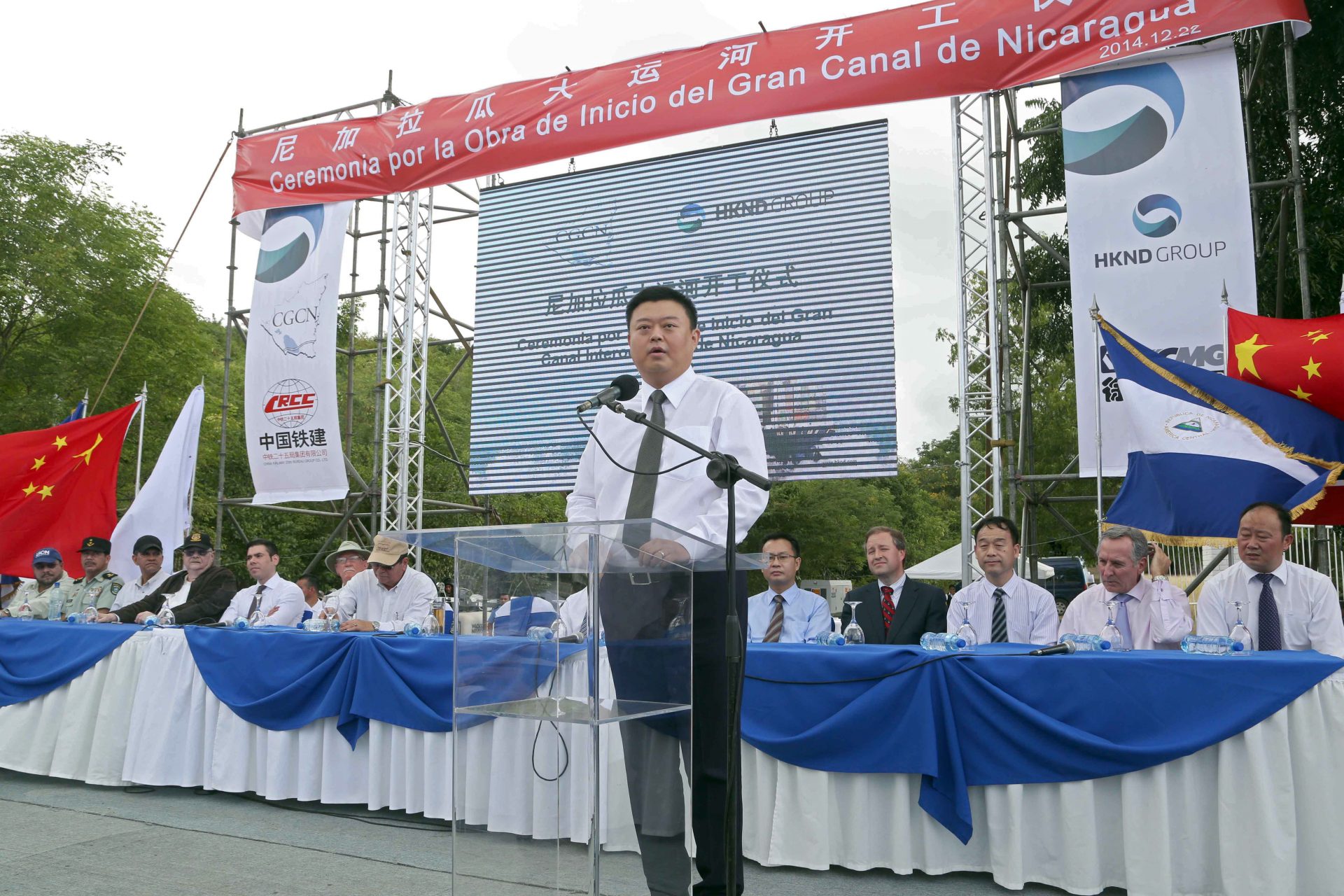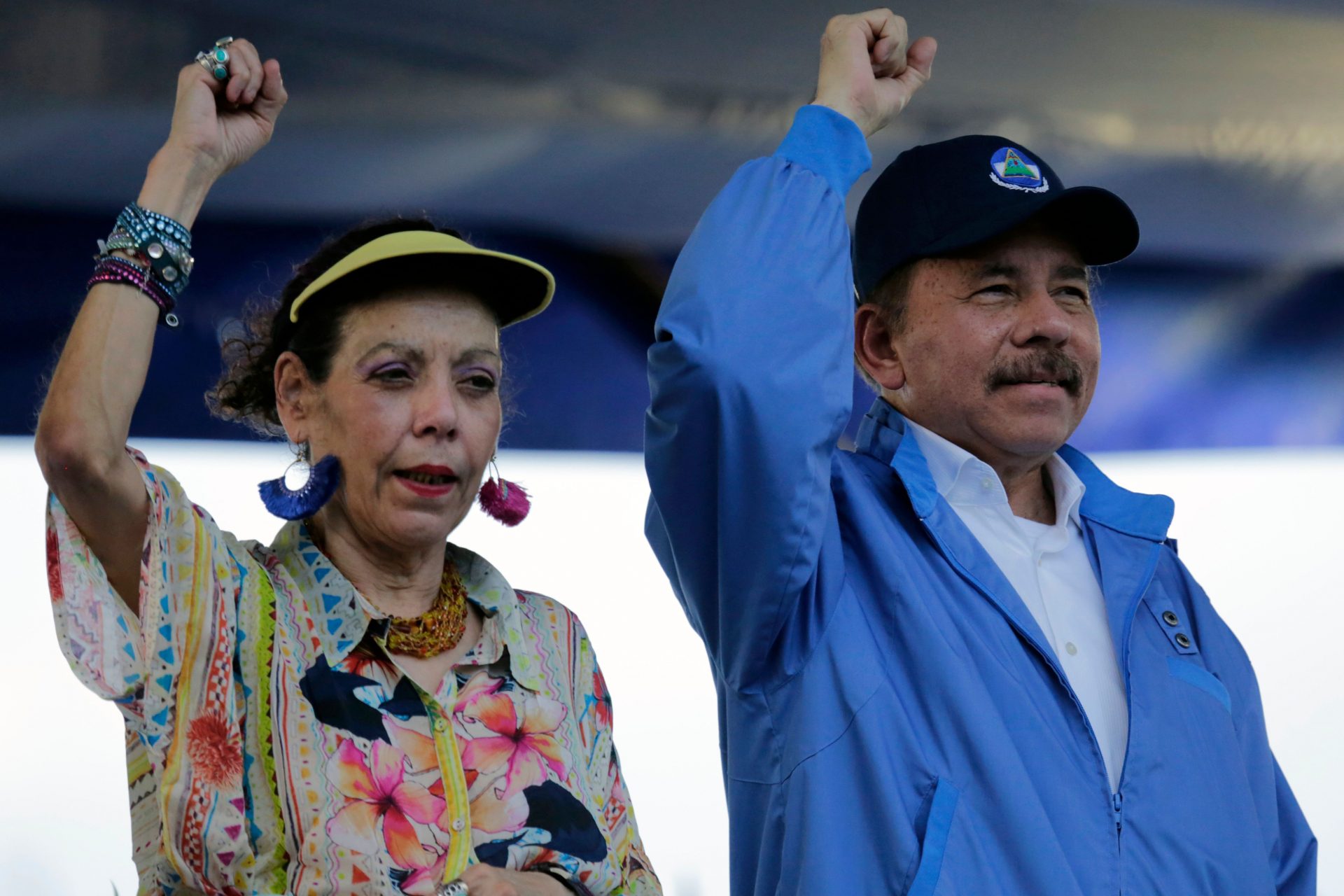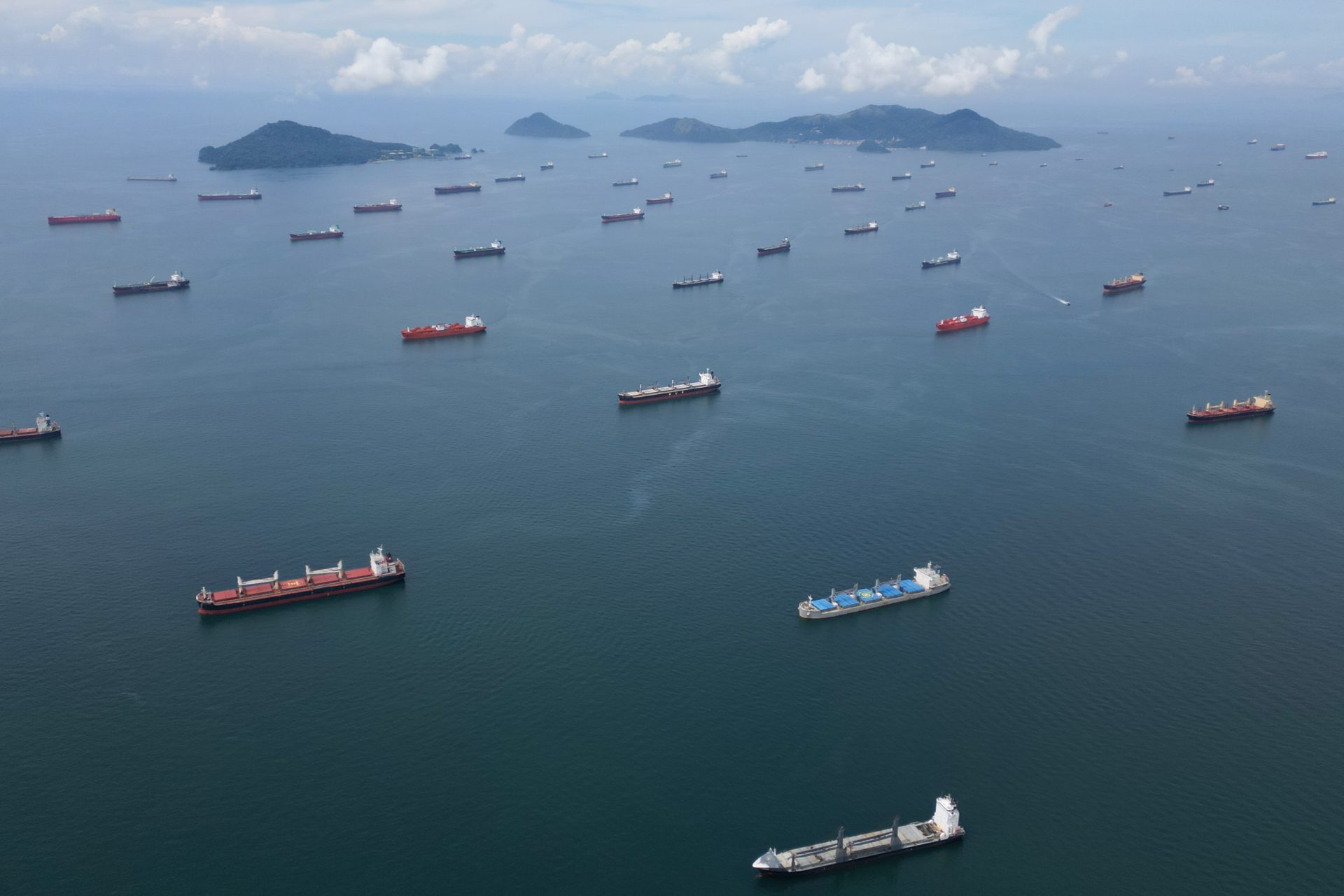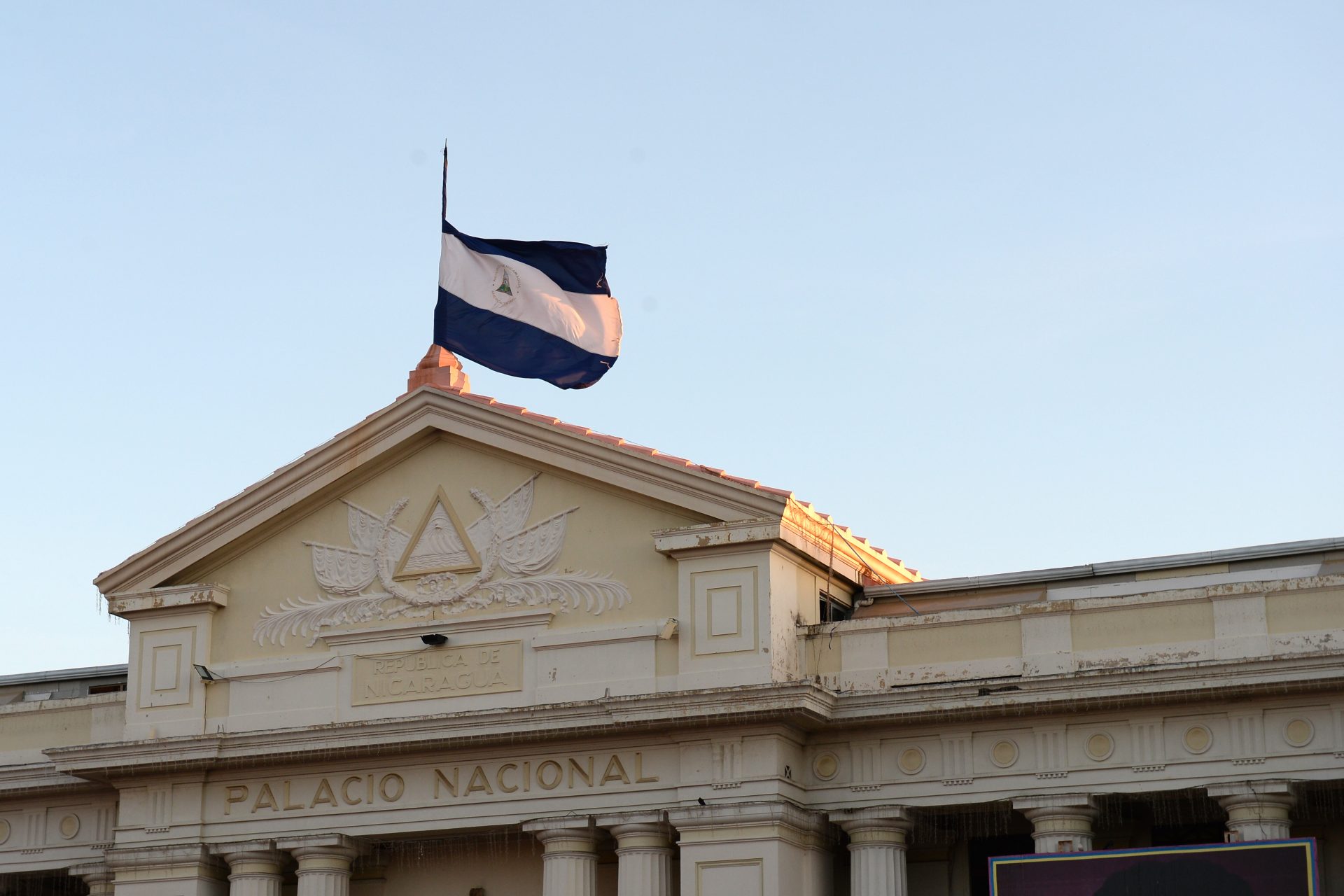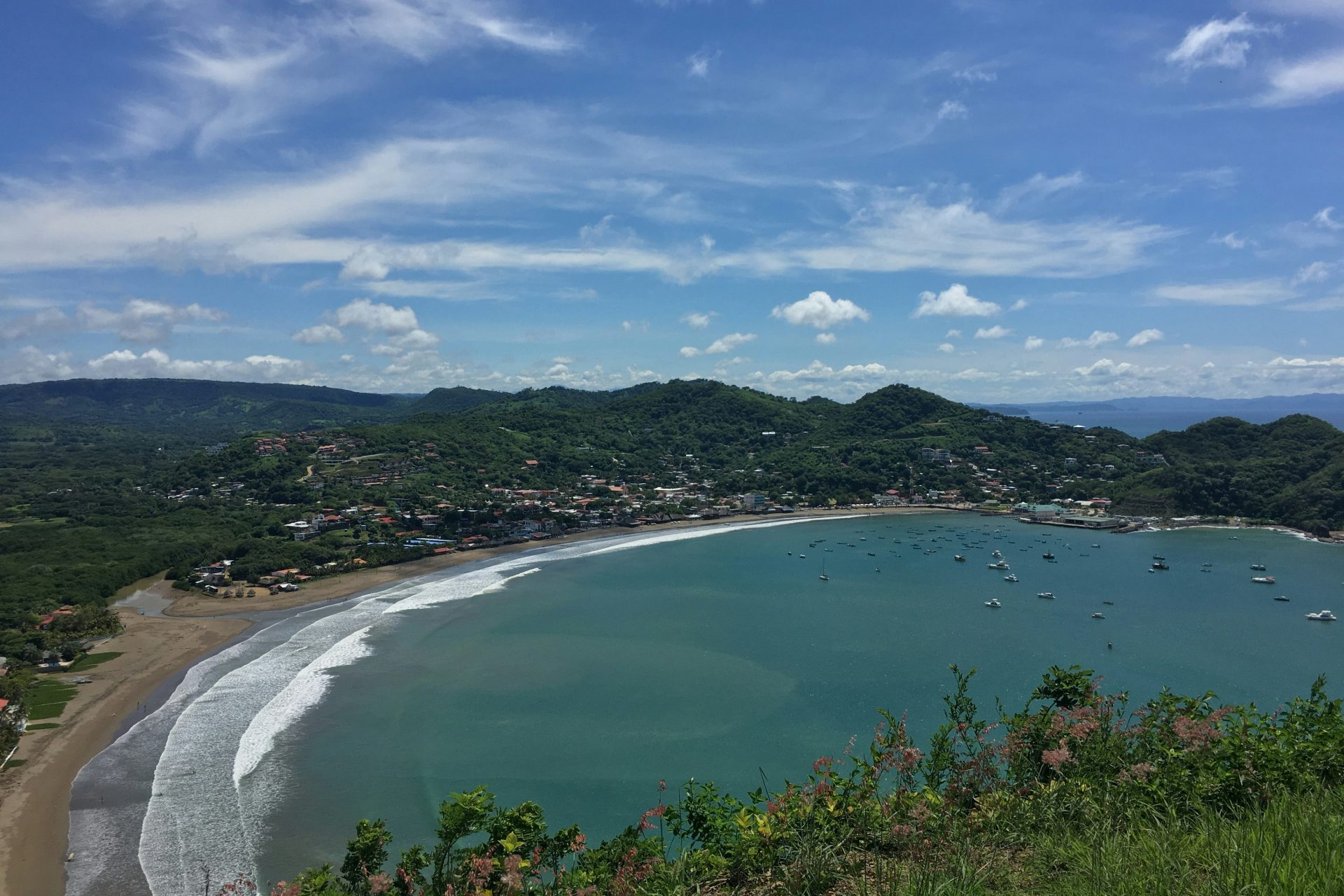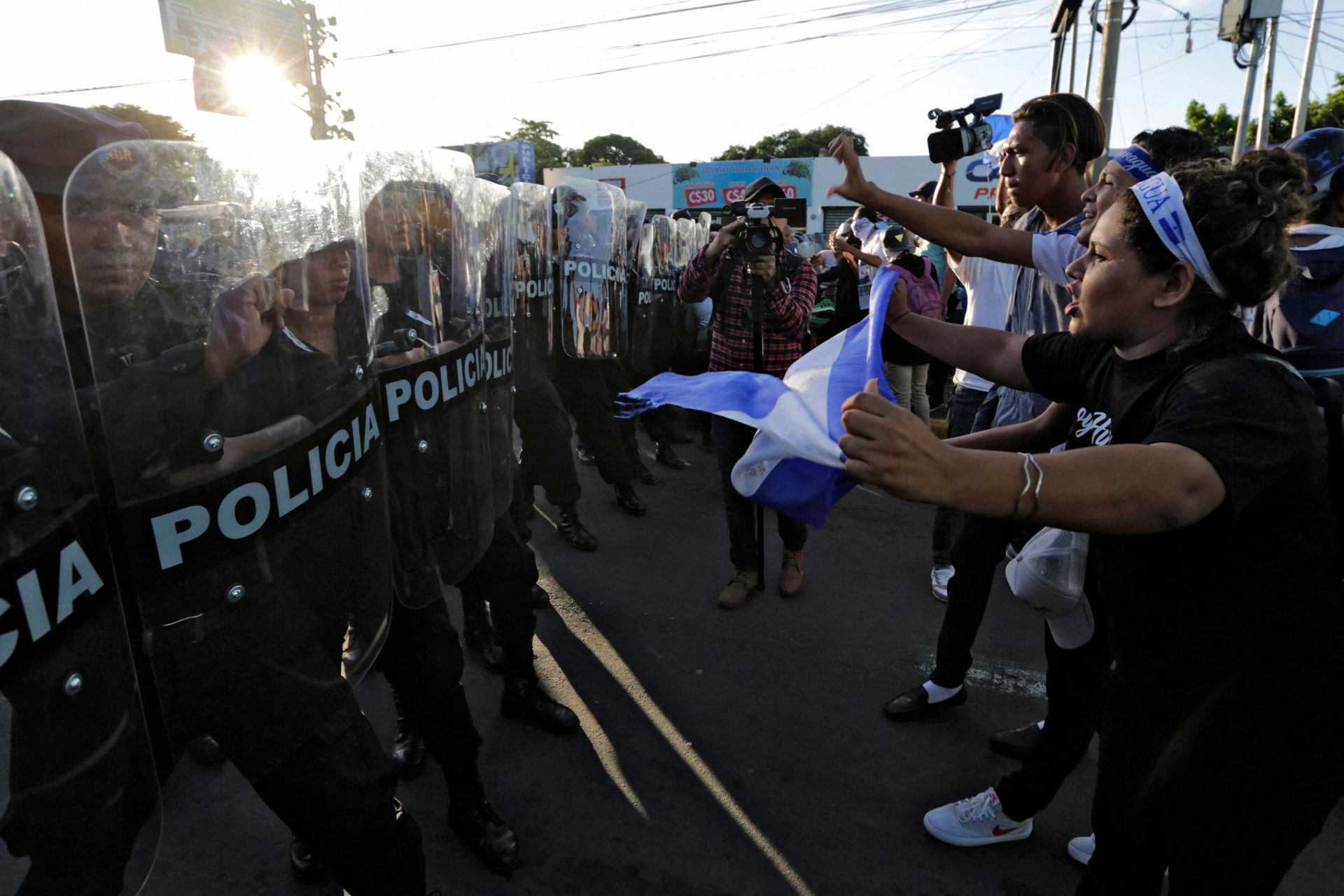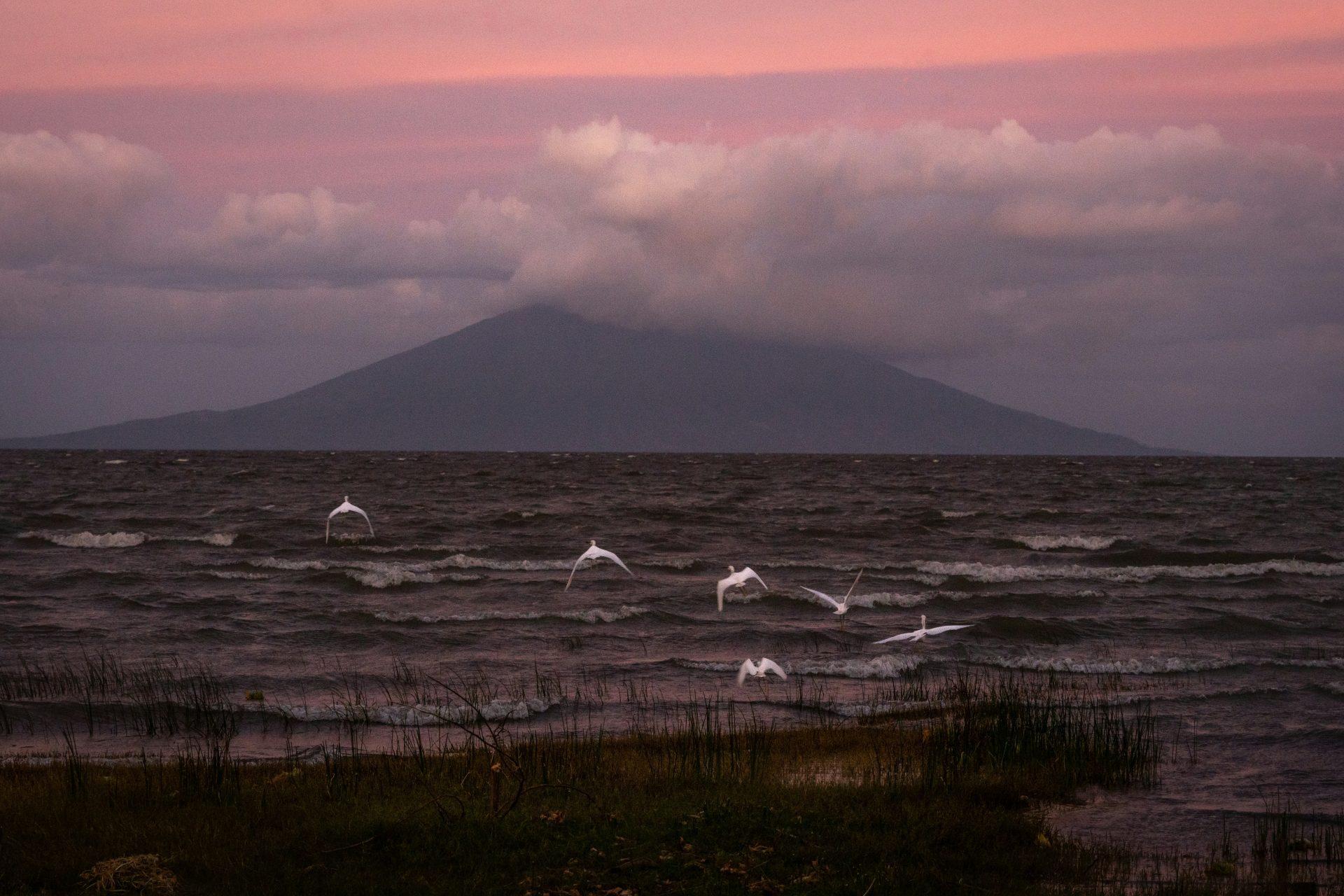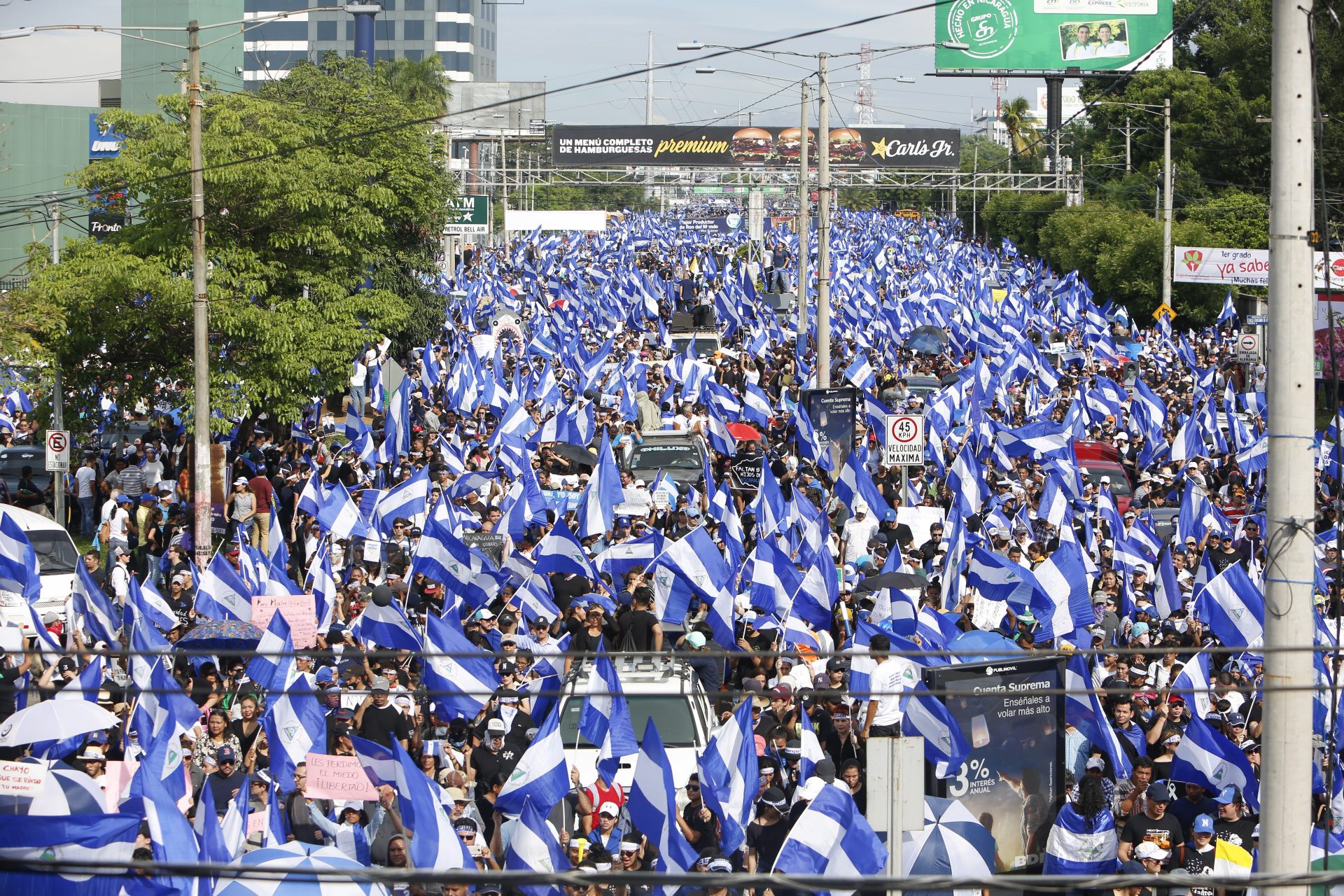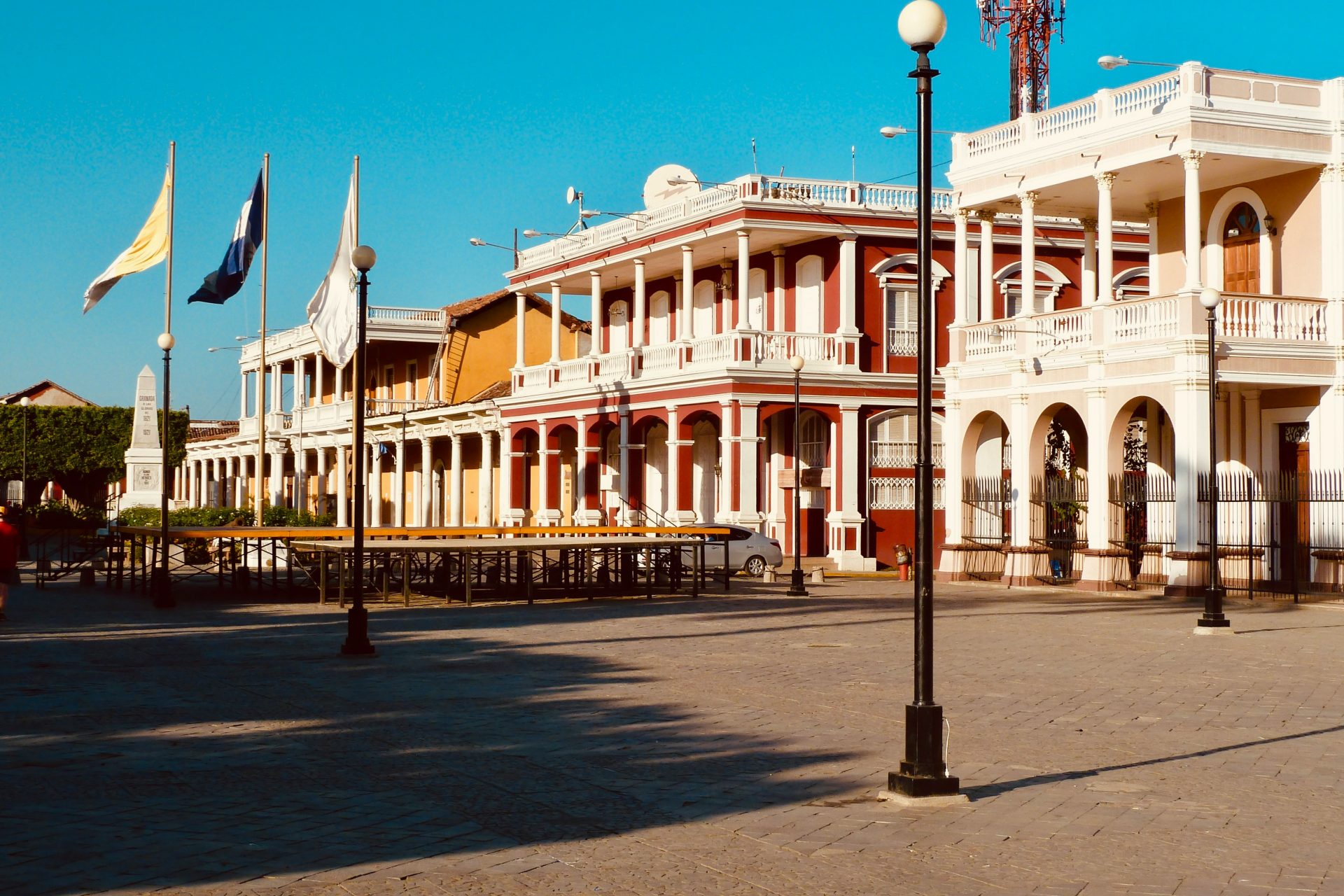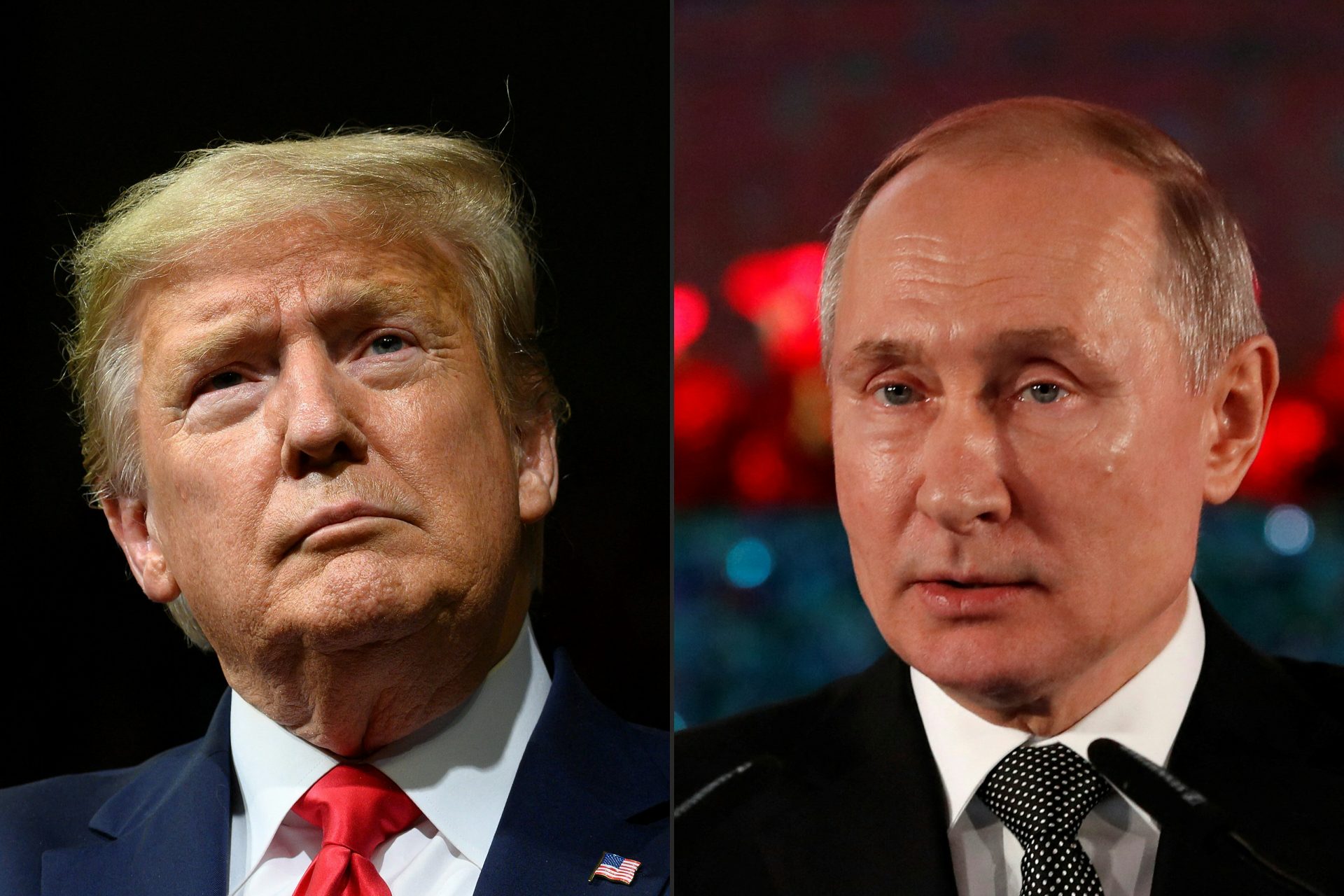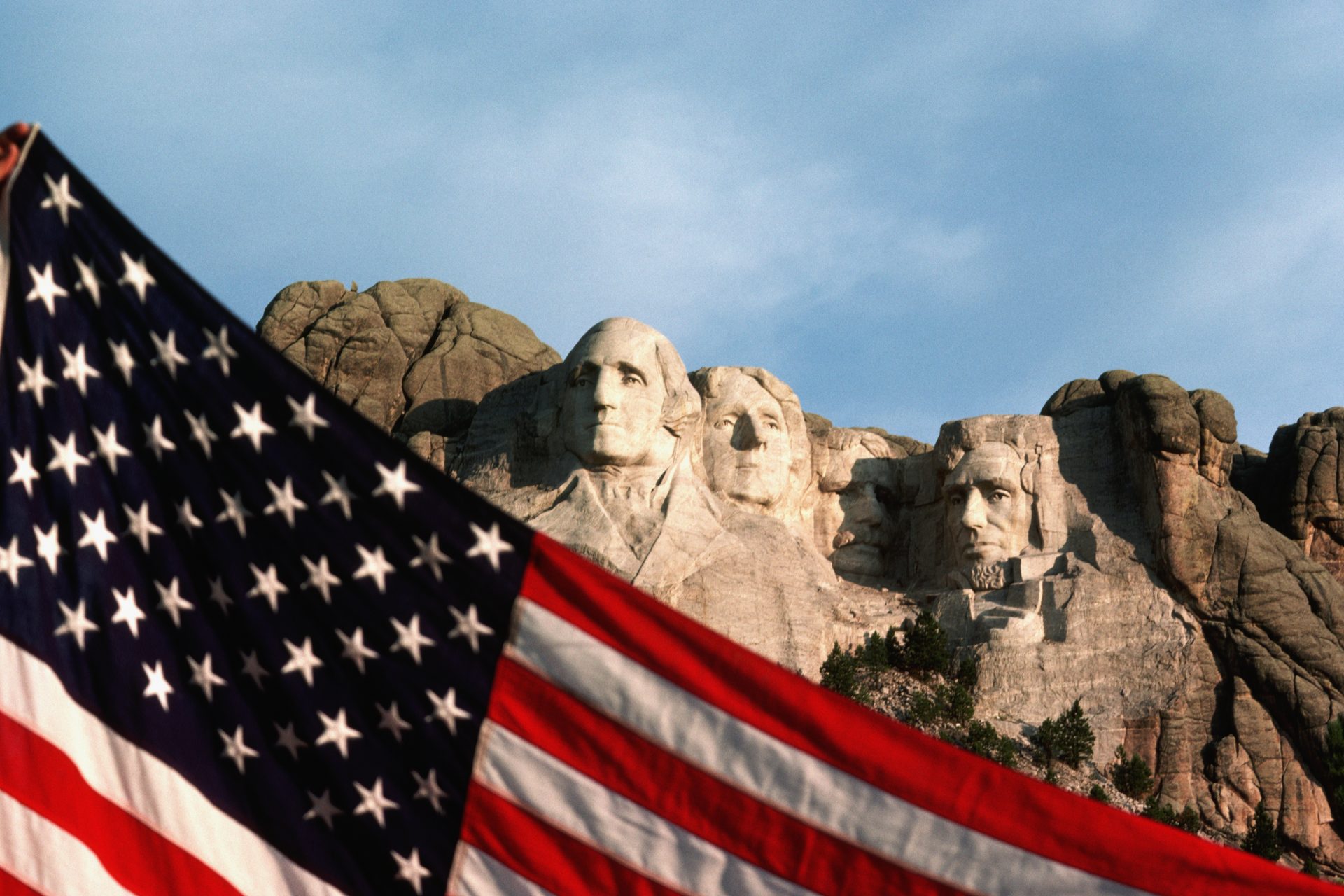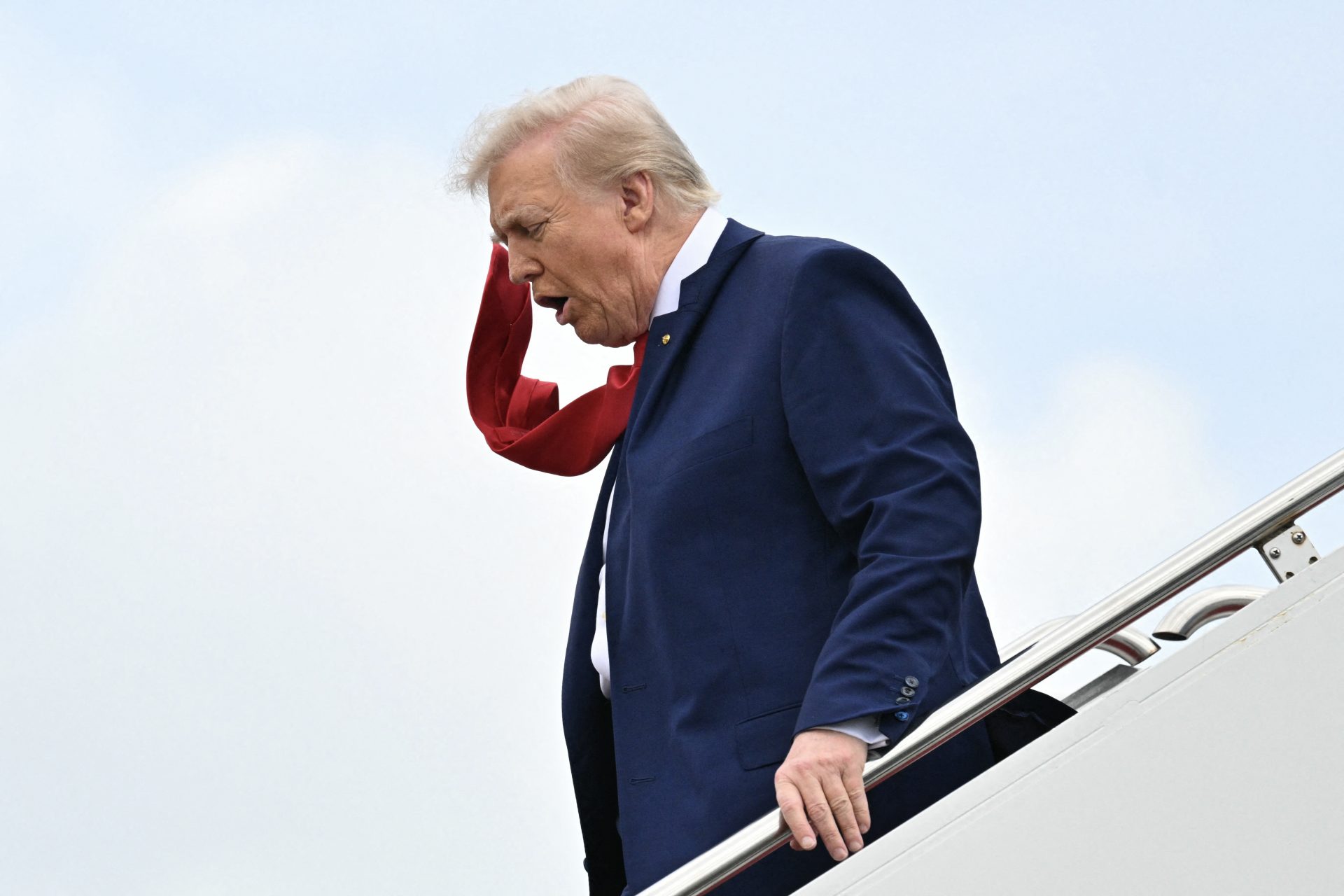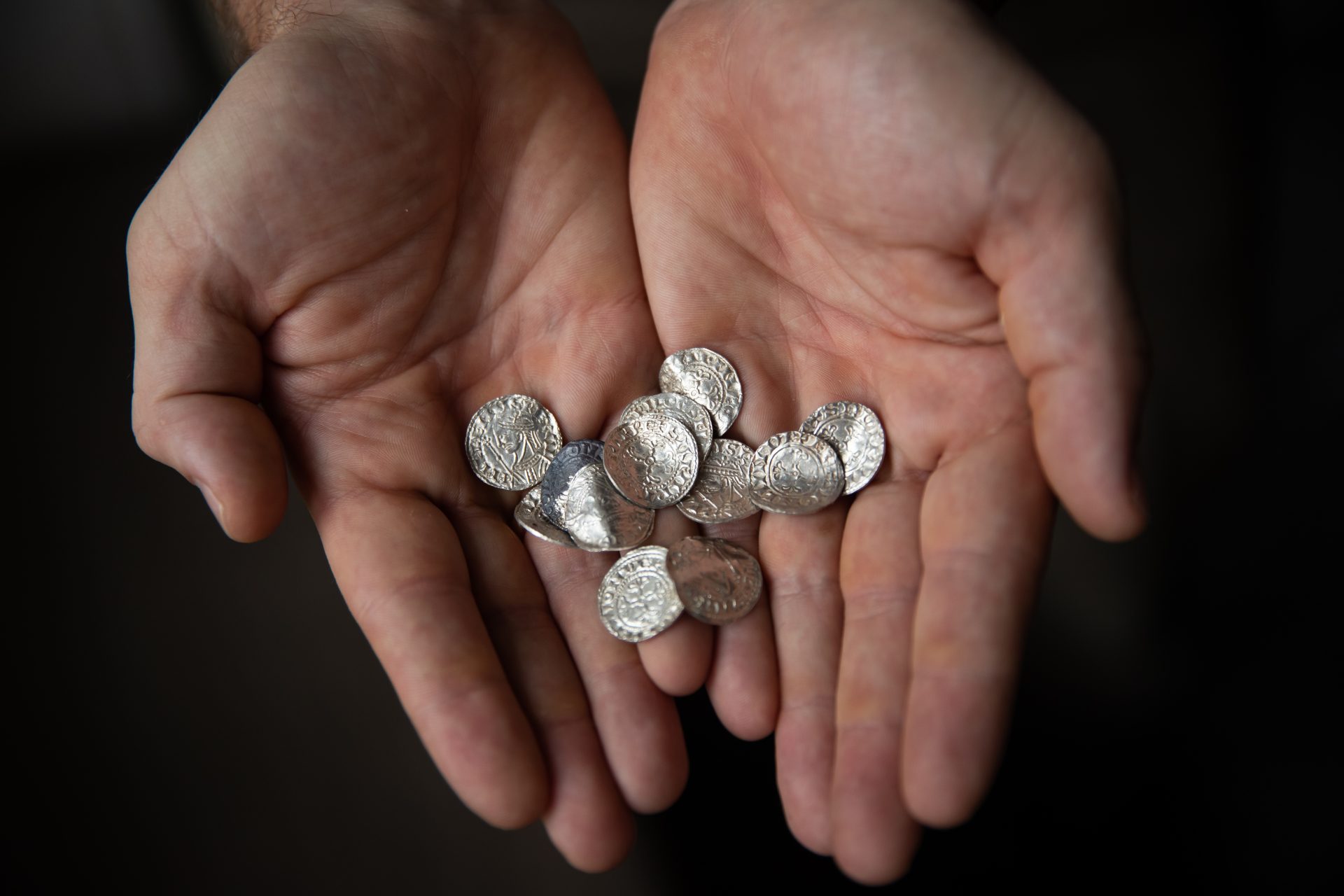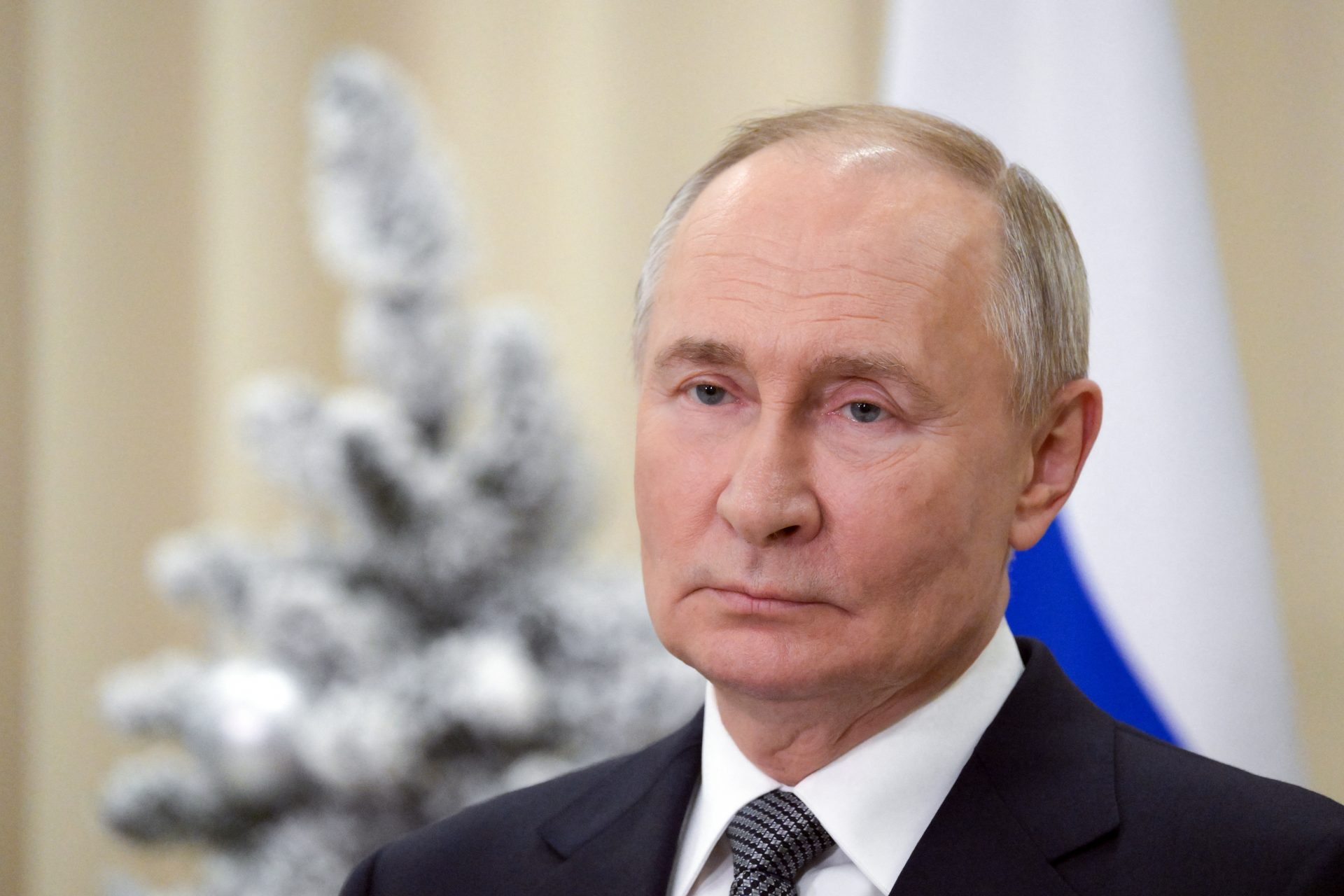That time China's tried (and failed) to make 'The Nicaragua Canal'
The Panama Canal has been in the news lately, due to President Trump's intention that the United States control the waterway once away. However, this isn't the only time in recent years that a superpower wants a shortcut between two oceans.
It's no secret that China has been focusing to outreach around the globe through investments and the construction of large infrastructures. This is the history of one of Beijing's most ambitions projects and what went wrong.
The Panama Canal is one of the marvels of the modern world. However, many people have wondering if an alternative or complementary route would be possible, namely, the Nicaragua Canal.
CNN reports that the Nicaraguan government has revoked a concession granted to a Chinese firm to build the Interoceanic Canal, connecting the Pacific and the Atlantic Ocean.
The ambitious megaproject, would help to deal with the shortcomings of the Panama Canal in an era of globalization, surpassing the US-built Central American waterway, constructed in 1914.
German news agency DW writes that the project was first announced by President Daniel Ortega and Chinese businessman Wang Jing in December 2014. However, the 50-billion megaproject never came to be.
Had the project turned out successful, the developing firm headed by Wang Jing (pictured) could have the option to extend the lease for another 50 years.
According to Latin American news website Infobae, President Daniel Ortega presented the project back in the day as “the world’s biggest work of engineering in the entire history of humanity”.
Of course, there’s also a political angle. Both China and Nicaragua, which have been mostly ruled by the Sandinistas since the 1980s, are perceived as antagonistic to the United States.
Controlling one of the main corridors of commerce between hemispheres would translate into power to Beijing and money to Nicaragua.
In 2013, Nicaragua’s National Assembly approved a 50-year concession to finance and manage the canal to HK Nicaragua Canal Development Investment Group for 50 years.
According to CNN, the Chinese corporation promised that the project would be done by 2020, but there were no more advancements after the announcement.
Image: scriptsh / Unsplash
However, since the get-go, the idea of the Nicaragua Canal brought a lot of concerns and criticism, both inside and outside the Central American republic.
The megaproject would have been included, connecting both oceans with Lake Nicaragua, Central America’s largest body of water and a major source of freshwater in the region.
Image: intricateexplorer / Unsplash
Amnesty International condemned the construction of the Nicaragua Canal, claiming that its construction and maintenance would displace tens of thousands of people, leaving many homeless.
The report made by Amnesty International also claimed that Ortega’s government persecuted and silence dissident voices, protesting the Nicaragua Canal.
According to DW, environmental and agricultural activists took the case to the International Human Rights Court, arguing that indigenous groups that would be affected by the interoceanic canal were not consulted by the Nicaraguan Canal.
Image: tingeyinjurylawfirm / Unsplash
DW reports that the revoking of the Nicaragua Canal has been described by local activists as a landmark victory for indigenous, agricultural, and environmental groups in the Central American republic.
However, the question remains if the Nicaraguan government will find a way to make the waterway and maybe, this time, they will consult the will of the people.
Image: rouichi / Unsplash
More for you
Top Stories



